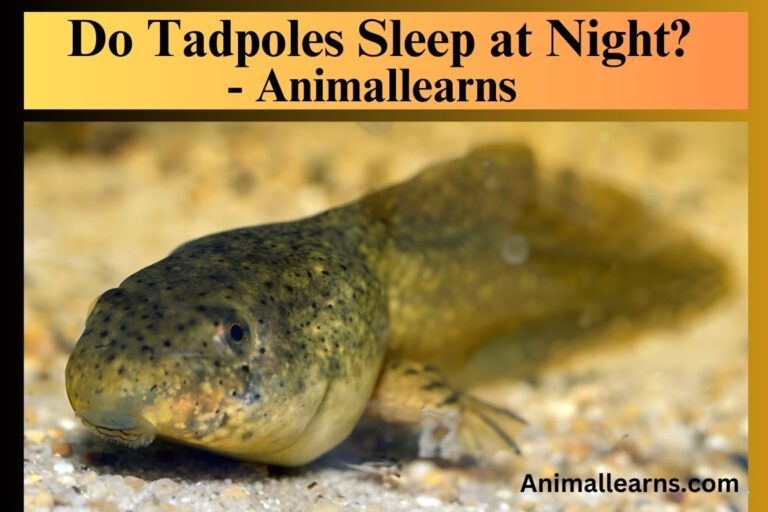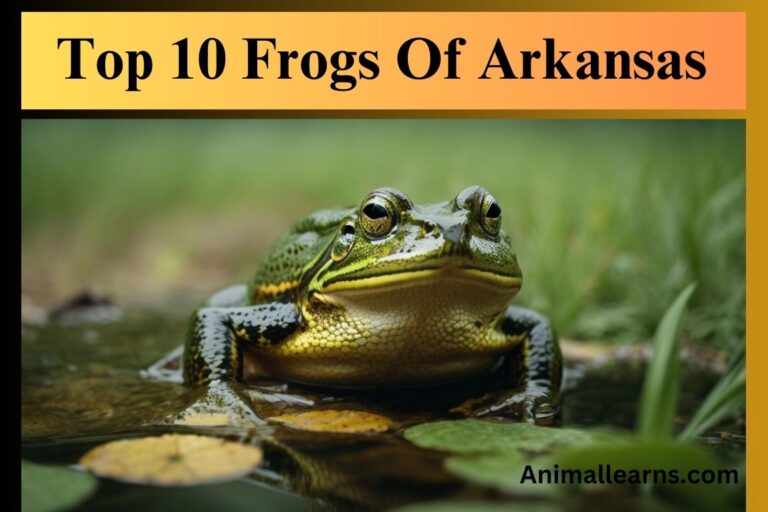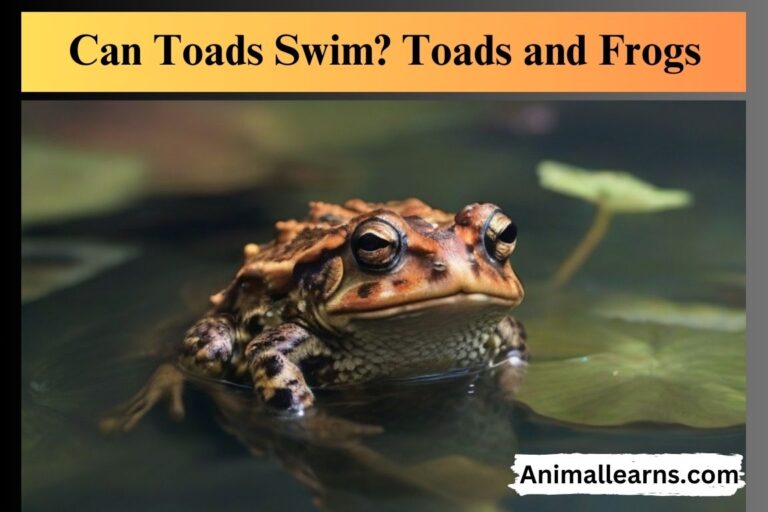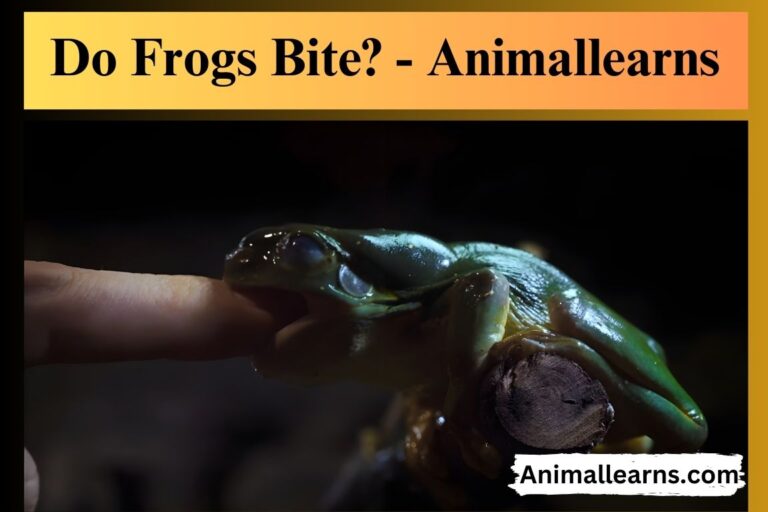Bumblebee Toad Care and Breeding – Animallearns

Discover the fascinating world of the bumblebee toad, a little natural artwork with vivid yellow and black accents. The scientific name for this little frog is Melanophryniscus klappenbachi, and it truly lives up to its name since it resembles a fuzzy bumblebee.
At just two inches in length, it’s a sight to behold, capturing hearts with its clashing hues and carefree attitude. The bumblebee toad, which is native to South America, lives in the warm savannas and grasslands of Brazil, Paraguay, Uruguay, and Argentina.
This tiny charmer is a diurnal species that enjoys the sunshine and captivates onlookers with its busy lifestyle, in contrast to most toads, who are nocturnal. The Bumble Bee Toad is not thought to be a great swimmer, despite the fact that it may occasionally come into contact with water and live in a moist habitat.
Habitat of Bumble Bee Toads
Contents
- 1 Habitat of Bumble Bee Toads
- 2 Bumblebee Toad Size
- 3 Lifespan of Bumblebee Toad
- 4 Breeding
- 5 Bumble Bee Toad Care
- 6 Do Bumblebee toad make good pets?
- 7 Which enclosure should I get for my Bumblebee toads?
- 8 Can I Handle my Melanophryniscus stelzneri?
- 9 How Do I Buy A Bumblebee Toad (Melanophryniscus stelzneri)?
- 10 FAQs
The Bumble Bee Toads that are kept as pets are all from Paraguay, while the species is also found in northern Argentina, Brazil, and Uruguay. There isn’t much information on the habitat in Paraguay, although according to some reports, bumble bee toads live in the mountainous grasslands known as the Pampas, which run from southern Brazil to northern Argentina.
In comparison to rainforests, the Pampas grasslands are drier and colder, and they undergo seasonal variations in both temperature and precipitation. Winter temperatures vary from 40F to 60F, and summer temperatures range from 75-90F.
In order to breed, bumble bee toads migrate to tiny, potentially transient pools of water, sometimes known as vernal ponds, in the spring.
Bumblebee Toad Size
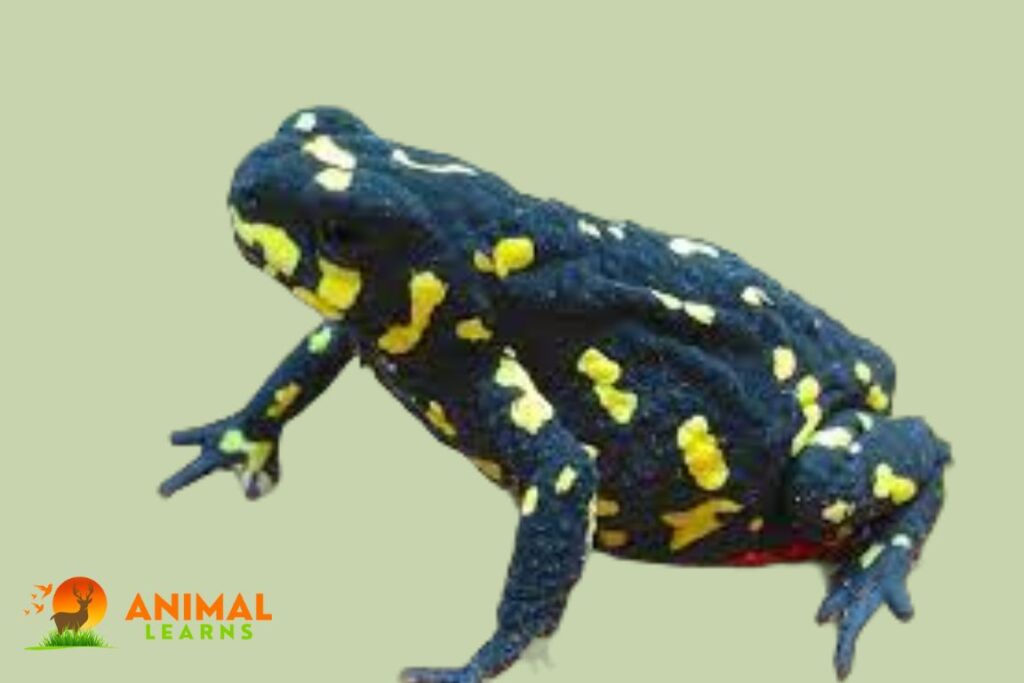
Male and female bumble bee toads differ significantly in size, and adult toads are not particularly big. Male adults can reach up to 1 inch, although most will only reach approximately 3/4 of an inch. A huge female can reach a height of 1.5″ and will be significantly bigger and thicker than a male.
Lifespan of Bumblebee Toad
It is known that bumblebee toads may survive for 10 to 15 years when housed in carefully managed settings and given the right care, with some cases going beyond this period. It would seem that these little amphibians may live quite a long time under the right circumstances.
Breeding
In South America, where they are native, bumblebee toads breed in the rainy season on grasslands. Males entice females with their chirping cries, and they perform an intriguing amplexus ritual in couples.
In tiny pools, females deposit clutches of 50–100 eggs, from which tadpoles emerge after around ten days. These small tadpoles grow swiftly, and in four to six weeks, they become tiny toads.
Replicating their native environment, giving enough moisture, and supplying a diverse diet of small insects are all necessary for healthy reproduction. The survival of these fascinating animals depends on safeguarding their breeding sites and taking care of their welfare.
Bumble Bee Toad Care
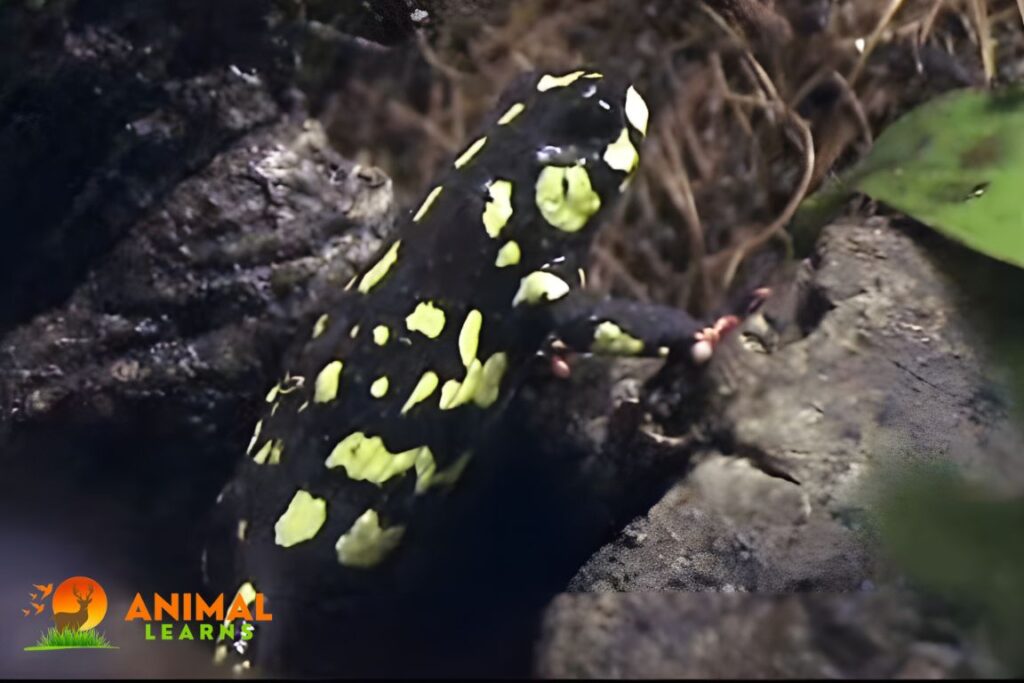
Housing
Because they don’t wander far and aren’t territorial, bumble bee toads don’t need a lot of space—one to four toads may live happily in a 10-gallon tank. Set aside around one-third of the tank’s bottom for water, then fill the remaining space with a substrate like gravel, peat moss, coconut husk, or bark.
Add branches, leaf litter, and pebbles so he can climb and hide. Use a shallow pan or dish to contain the water, or place a flexible piece of clear plastic between the two surfaces, to divide the substrate and water portions.
To prevent your toad from fleeing and to enable air circulation, cover the tank with wire mesh. To keep the tank clean, you can install a water filter. Approximately once a week, clean or change the substrate material.
Feeding of bumble bee toad
A bumble bee toad can eat almost any insect tiny enough to fit in its mouth. Mealworms, fruit flies, and crickets are readily available and reasonably priced at pet supply stores; however, they need to be tiny enough for your toad to consume.
Insects that are also beneficial to your toad include termites, small earthworms, waxworms, roach nymphs, and springtails. Apply a calcium-containing vitamin supplement to the insects to make sure your toad is getting all the nutrients he needs from his diet.
Every day, give him five or six tiny crickets or around twenty-five fruit flies; you may alter the quantity to give him as much as he can consume in a single meal.
Water
You should always be able to get water for your bumble bee toad. Don’t go too deep, but aim to create a surface area that is around one-third the length of the tank. It should be simple for your toad to jump into and out of the water.
At one end of the tank, place a shallow pan or bowl and add around 1/2 inch of water to it. Unless you use a water filter, change the water and clean the container every two to three days.
Temperature
Since they are native to South America’s warm grasslands, bumblebee toad need a stable temperature range in order to flourish in captivity. The recommended range for the temperature is 72–80°F (22–27°C).
Humidity
For bumblebee toads to flourish in captivity, they need a somewhat humid habitat. The 50–60% humidity range is the optimal range.
Light
Bumble bee toads may produce vitamin D3, which is necessary for bone health and calcium absorption, with the aid of low UVB light levels. To replicate the levels of natural sunshine, choose a 2.0 UVB bulb.
Do Bumblebee toad make good pets?
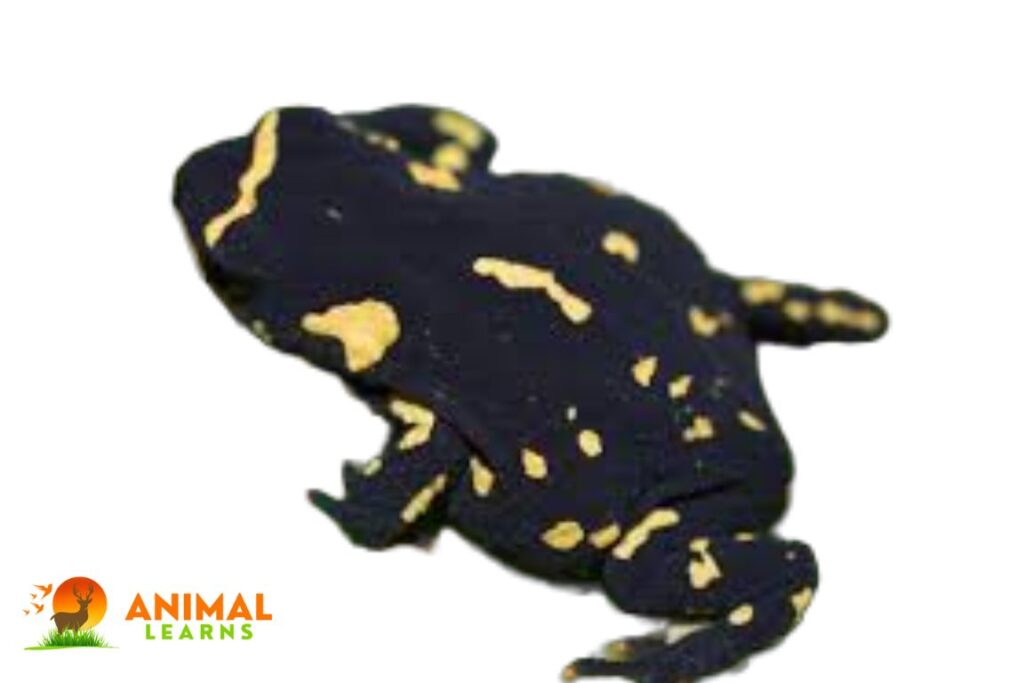
The ability to give bumblebee toads the right care and personal preferences will determine whether or not they become suitable pets. Compared to other exotic pets, they require less care, but they still need certain lighting, humidity, and temperature settings in addition to a diet high in live insects.
Furthermore, they are not very gregarious animals and might not appreciate being handled frequently. For individuals who love watching amphibians, however, their small stature, vivid colors, and fascinating habits may be mesmerizing.
Ultimately, bumblebee toads may be fascinating and fulfilling pets if you are prepared to put in the time and money to establish a suitable habitat and give appropriate care. But before determining whether they are a suitable fit for them, it is important to thoroughly analyze their demands.
Which enclosure should I get for my Bumblebee toads?
Here are some specific enclosure recommendations for bumblebee toads:
- Exo Terra Glass Terrarium: Measuring 90x45x45 cm, this roomy habitat can accommodate five or six bumblebee toads.
- ReptiZoo Terrarium 45 x 45 x 60 cm: This is a fantastic choice for a small group or a lone bumblebee toad.
- Zoo Med Critter Keeper 12x12x12 Inches: One bumblebee toad can live in this tiny enclosure.
The ideal cage for your bumblebee toads will ultimately rely on your personal requirements and tastes. Think about how much money you have, how many toads you have, and how much room you have.
Can I Handle my Melanophryniscus stelzneri?
Because of the many substances commonly found on human skin, such as oils or salts, which will be absorbed over the epidermis, handling amphibians can cause skin irritation.
This is because amphibians have semi-permeable skin membranes over which they absorb water and other substances. Therefore, handling amphibians should be avoided whenever possible.
In certain situations, handling is unavoidable, such as when rehousing your Bumblebee toads. To reduce stress and potential skin irritation, handling in these situations should be done as soon as possible using clean, wet hands or clean gloves.
How Do I Buy A Bumblebee Toad (Melanophryniscus stelzneri)?
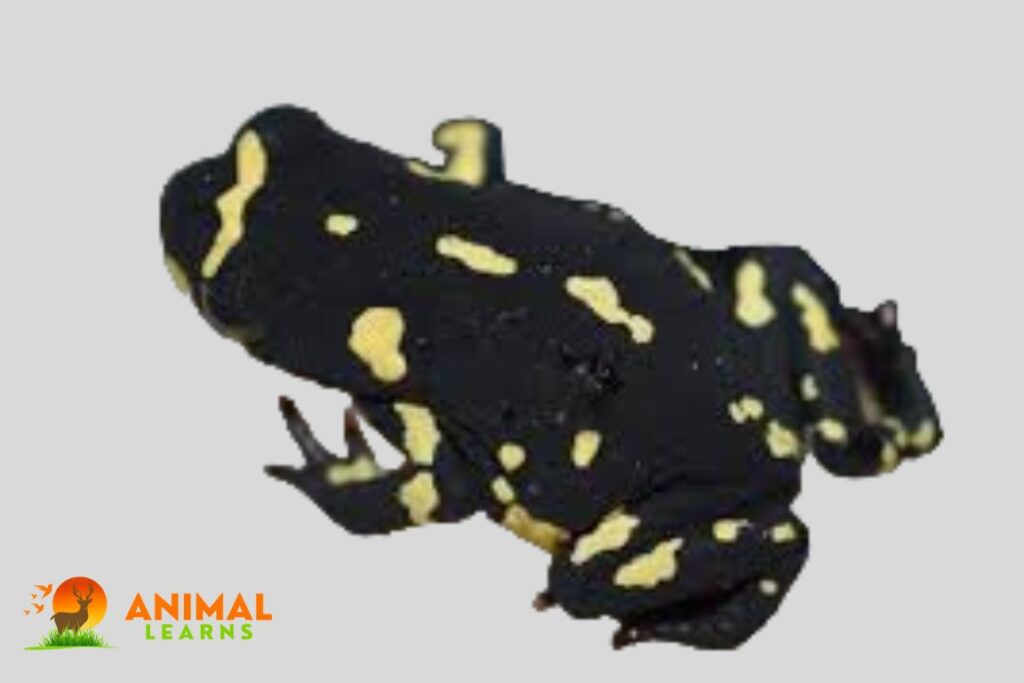
Buying a bumblebee toad requires careful consideration and responsible planning. Before welcoming one into your home, research their care needs and ensure you can provide a suitable environment.
Consider your budget and long-term commitment as these charming creatures can live for over a decade. Choose a reputable breeder or specialized store, inquire about the toad’s health and lineage, and inspect it for any signs of illness.
Quarantine your new friend for 30 days before introducing them to their permanent home. Remember, responsible pet ownership involves providing optimal care and creating a comfortable and stimulating environment for your bumblebee toad to thrive.
Bumblebee Toads For Sale
Captive-bred bumblebee toads can currently be purchased for $50 to $200 from breeders and specialty shops. Because they are more suited to their homes and have better health, toads reared in captivity are favored over those obtained in the wild.
Price
The price of a bumblebee toad can range from $50 to $200, based on factors including age, sex, origin, and ancestry. The price of captive-bred toads is usually greater than that of wild-caught ones, which are not recommended because of possible health hazards.
Recall that the cost of ownership goes beyond the initial purchase price because you will also need to pay for substrate, lighting, heating, food, and an enclosure. A bumblebee toad requires a large financial outlay, so before bringing one home, considerable consideration and preparation are essential.
You may provide your small bumblebee toad companion with a loving and fulfilling home by being aware of the associated expenditures and making sure you can provide them with the best care possible.
FAQs
How big do Bumble Bee Toads get?
Adults typically reach 0.75 to 1.5 inches (2-4 cm) in length.
What do Bumble Bee Toads eat?
They are micro predators, feasting on small insects like fruit flies, springtails, isopods, and pinhead crickets.
How long do Bumble Bee Toads live?
With proper care, they can live for 10-15 years.
How much do Bumble Bee Toads cost?
Captive-bred individuals can range from $50 to $200, depending on age, sex, lineage, and source.
Are Bumble Bee Toads easy to care for?
They require specific temperature, humidity, lighting, and a varied diet, making them moderately challenging but rewarding pets for experienced amphibian keepers.







